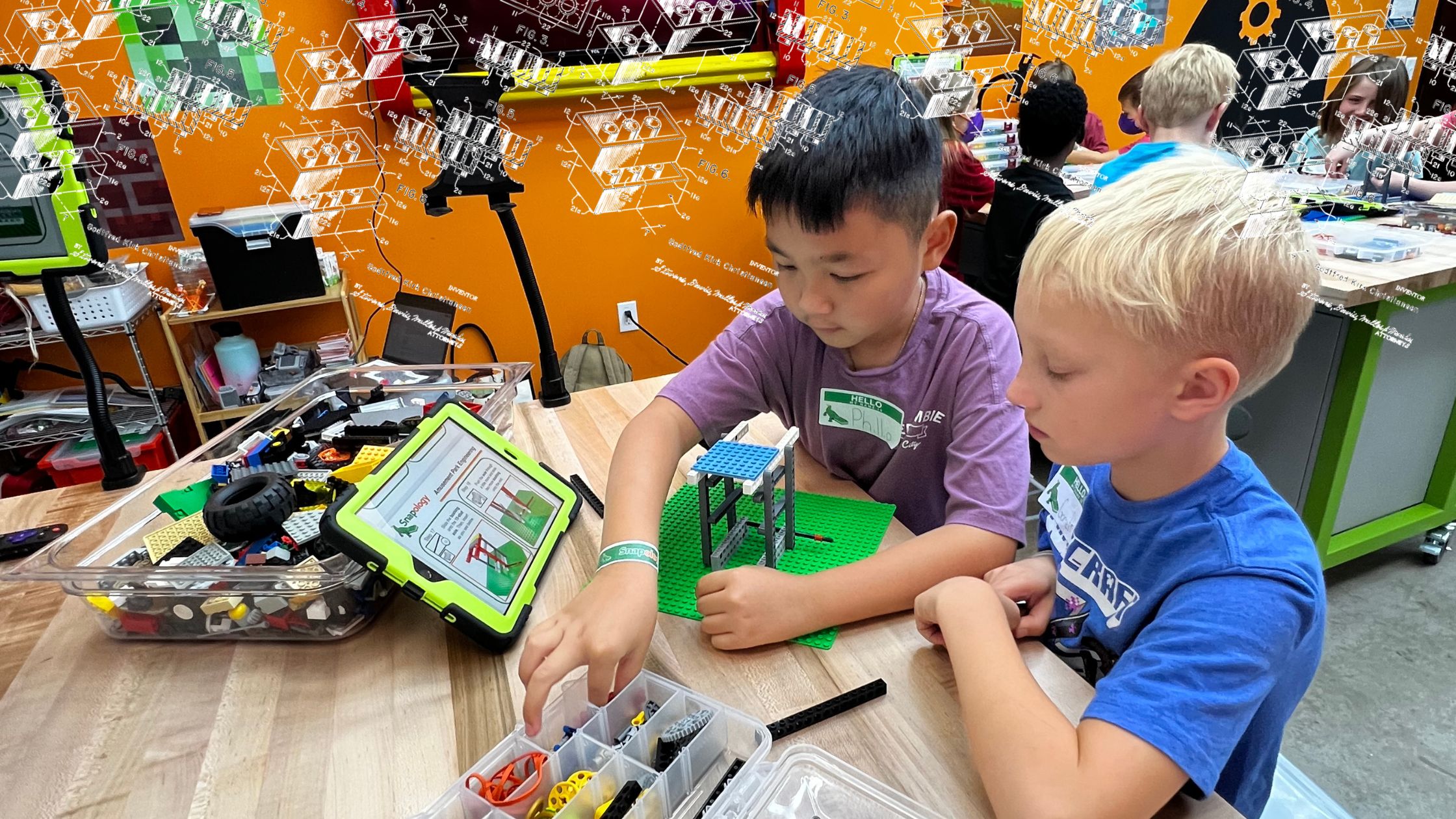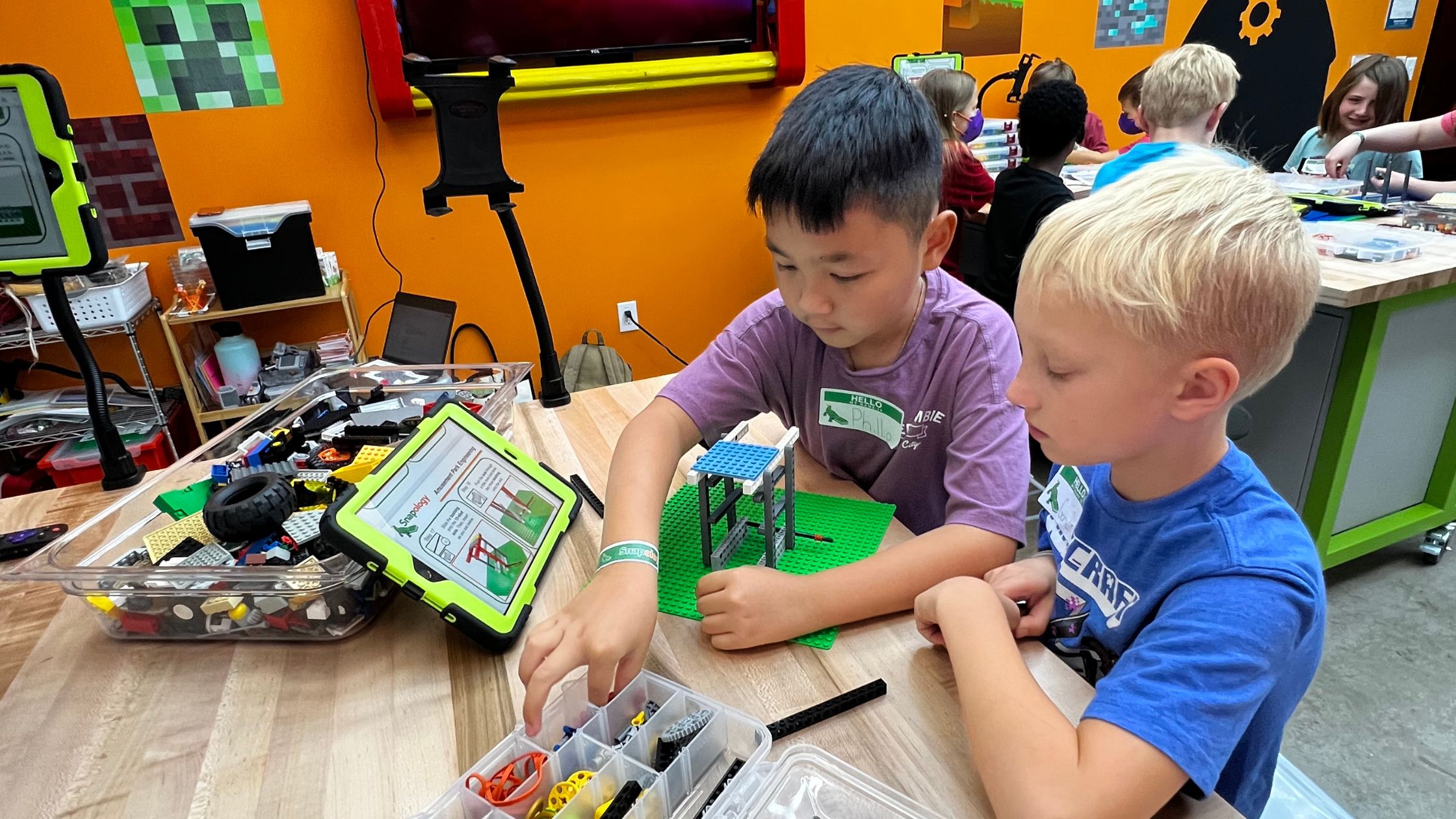Calling all LEGO® fans far and wide, January 28 is your day to celebrate International LEGO® Day! On this day in 1958 the original patent for the humble LEGO® brick was filed with the Danish Patent and Trademark Office in Denmark by then-owner Godtfred Kirk Christiansen.
Since that day LEGO® bricks have been a beloved toy for children (and adults), and for good reason. Most parents know the joy and excitement that the world’s most popular toy can bring but did you also know this ubiquitous toy provides a wide range of benefits for children’s development.
One of the most obvious benefits of LEGO® bricks is that they help to develop fine motor skills. Playing with LEGO® requires children to use their fingers and hands to manipulate small blocks, which can help to improve dexterity and hand-eye coordination. This can be particularly helpful for children who have difficulty with these skills, as it allows them to practice in a fun and engaging way.
LEGO® bricks also enhance creativity and imagination. LEGO® bricks come in a wide variety of shapes and colors, and children can use them to build anything they can imagine. This encourages creative thinking and imagination, as well as gives children a sense of accomplishment when they complete a build they have designed or modified.
Another benefit of these seemingly simple toys is that they can improve problem-solving and spatial awareness. Building with LEGO® bricks requires children to plan and execute their designs, which can help them to develop problem-solving skills and spatial awareness. This is an essential cognitive skills that will assist children in mathematics and science subjects as they advance in their academic years.

In addition, LEGO® can also be used to help children learn and practice math skills. LEGO® sets often include instructions for building specific models, and following these instructions requires children to understand and use basic math concepts such as measurement, symmetry and counting. This is a great way for children to learn math concepts in a hands-on and engaging way.
Finally, LEGO® can also help to build teamwork and cooperation. Many LEGO® sets are designed to be built by more than one person, which encourages children to work together and learn how to cooperate and communicate effectively. Building together allows children to learn social skills and to develop positive relationships.
The benefits of LEGO® can be amplified by enrichment programs like Snapology. Snapology uses LEGO® bricks and other popular toys to teach kids STEAM concepts and social development skills. These classes, camps and workshops take building to the next level with custom builds designed to get kids thinking outside the ‘blocks’ and working together to solve challenges and present unified designs. They also incorporate fun themes to keep kids engaged and excited about learning.
As we celebrate National LEGO® day we should celebrate the fact that LEGO® bricks are not just a fun toy to play with, but they can also have a positive impact on children’s development. They can help to develop fine motor skills, creativity, problem-solving, spatial awareness, math skills and teamwork. With so many benefits, it’s no wonder that LEGO® has remained the most popular toy for so many years, and will likely continue for a long time to come. How are you celebrating International LEGO® Day this year?

